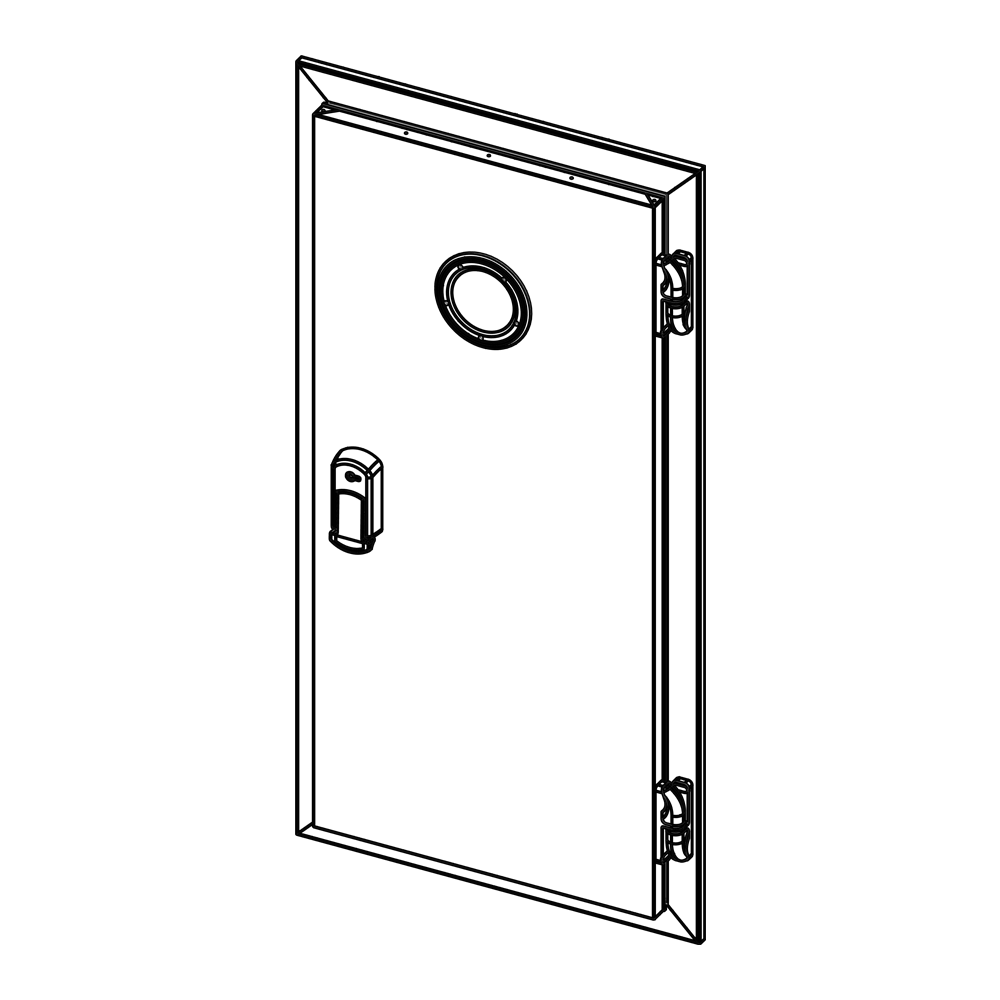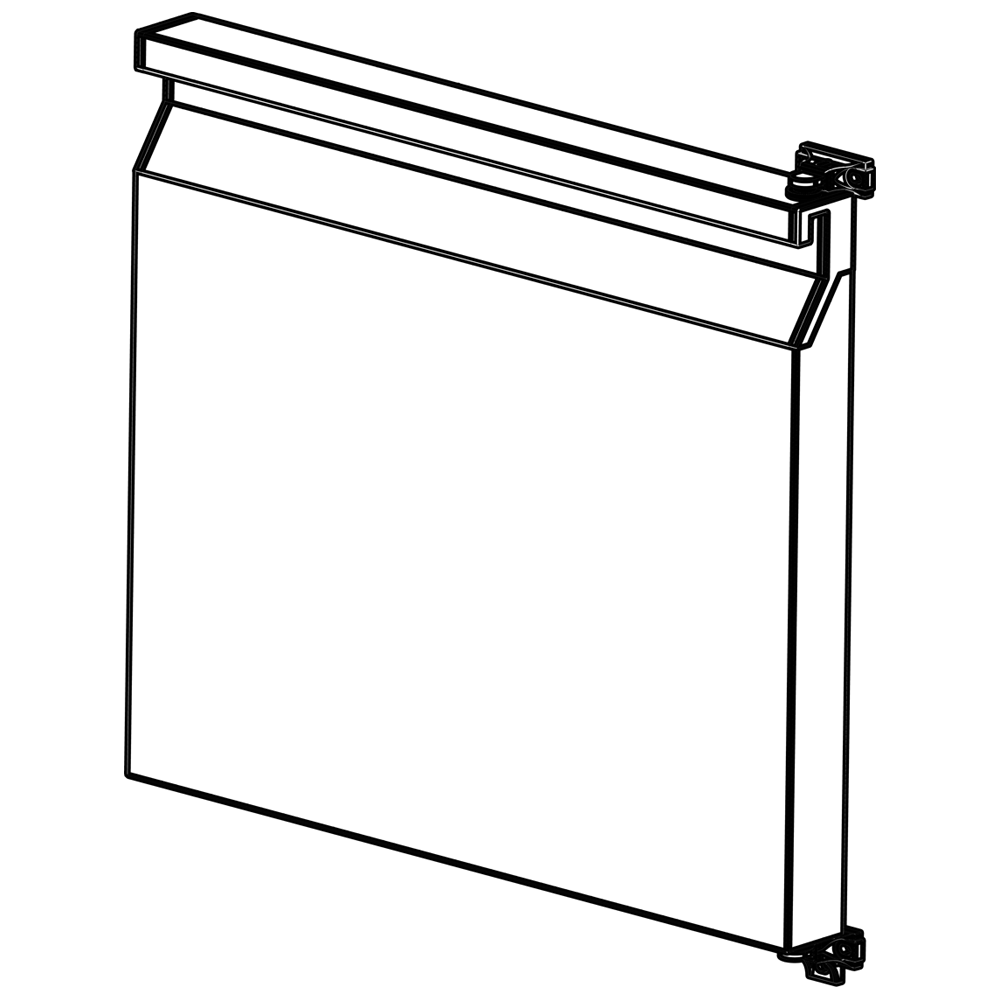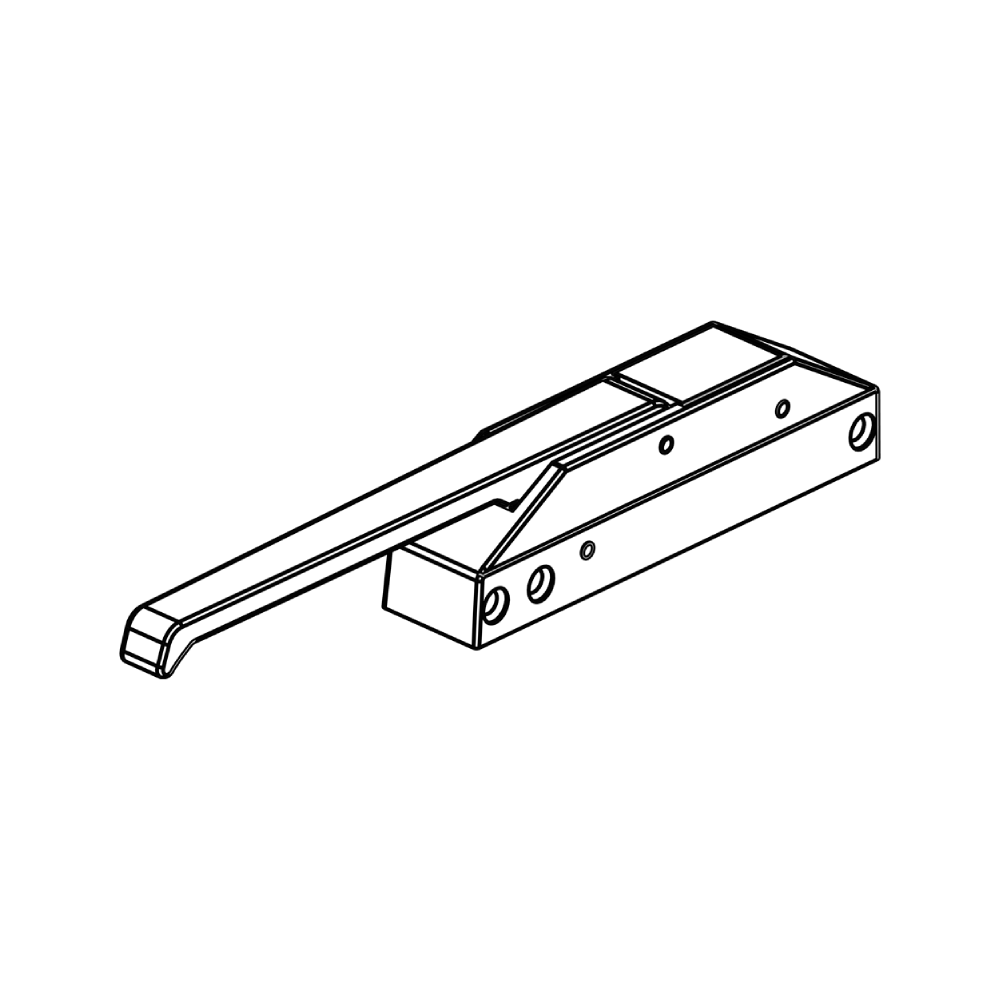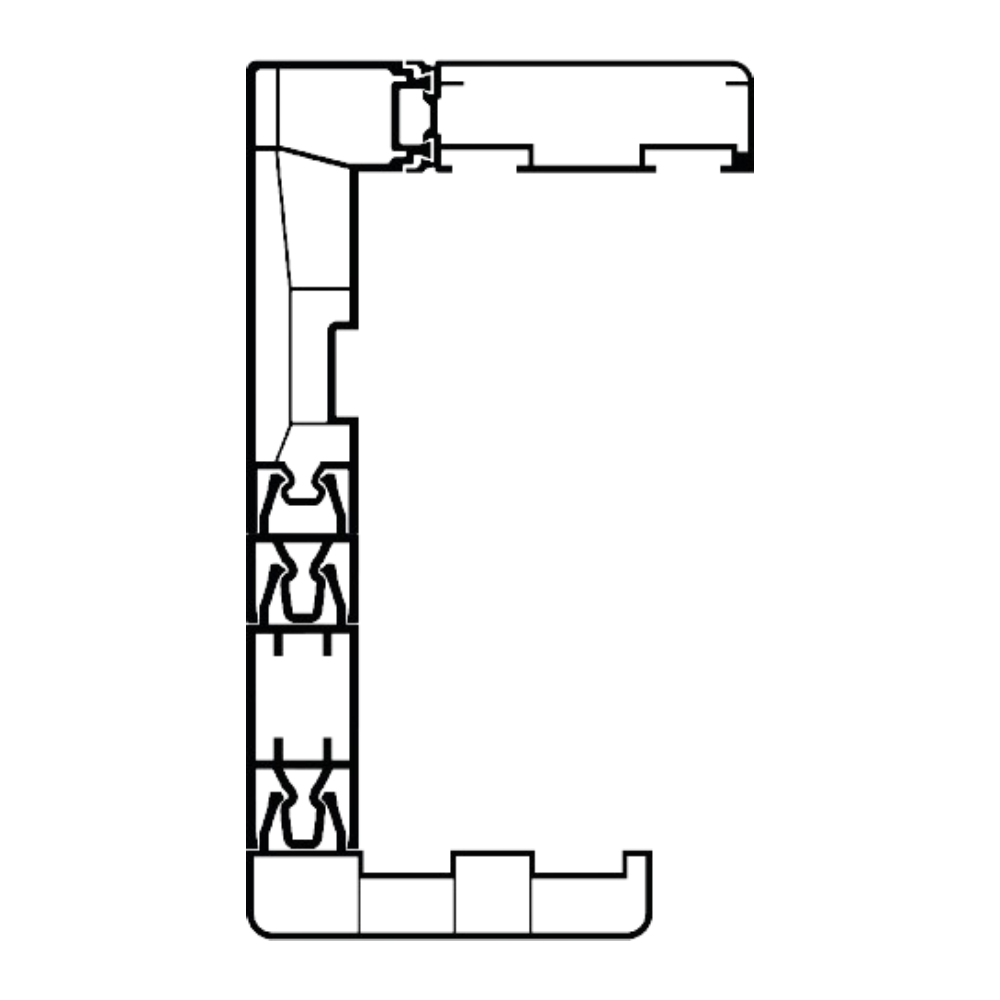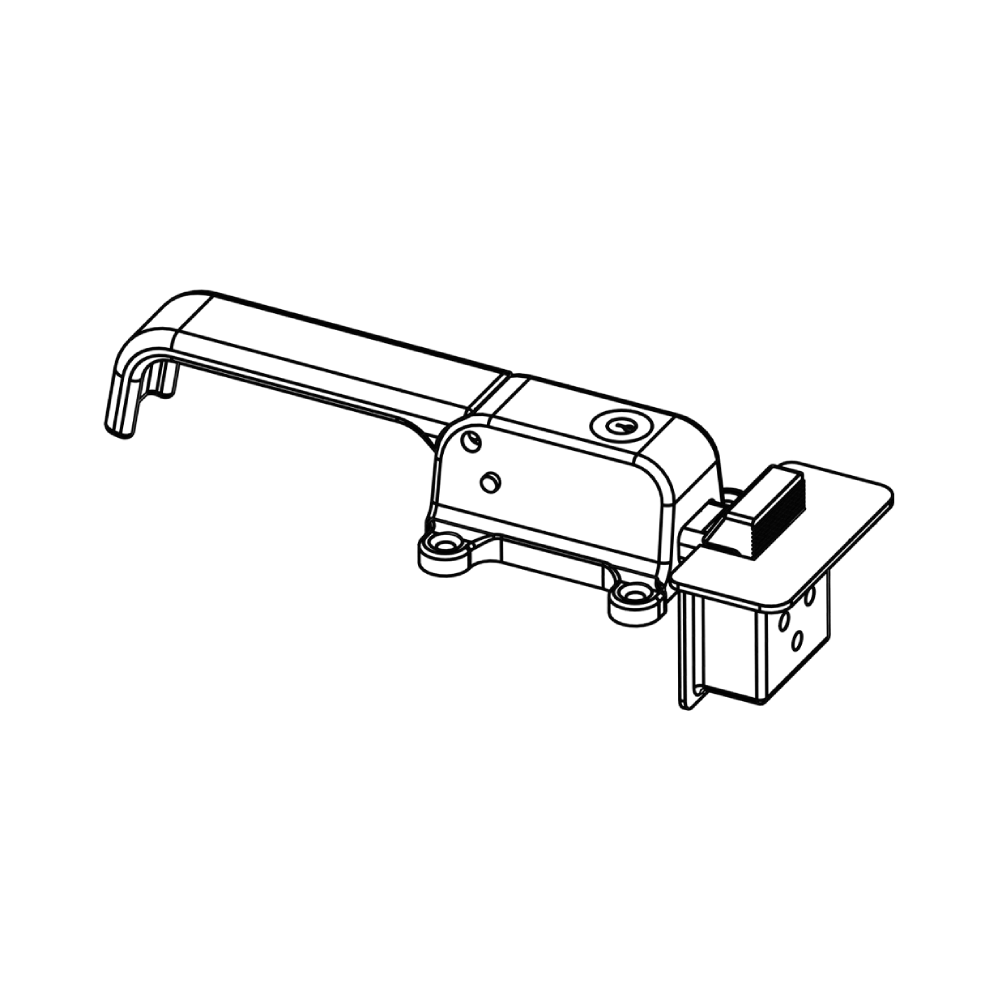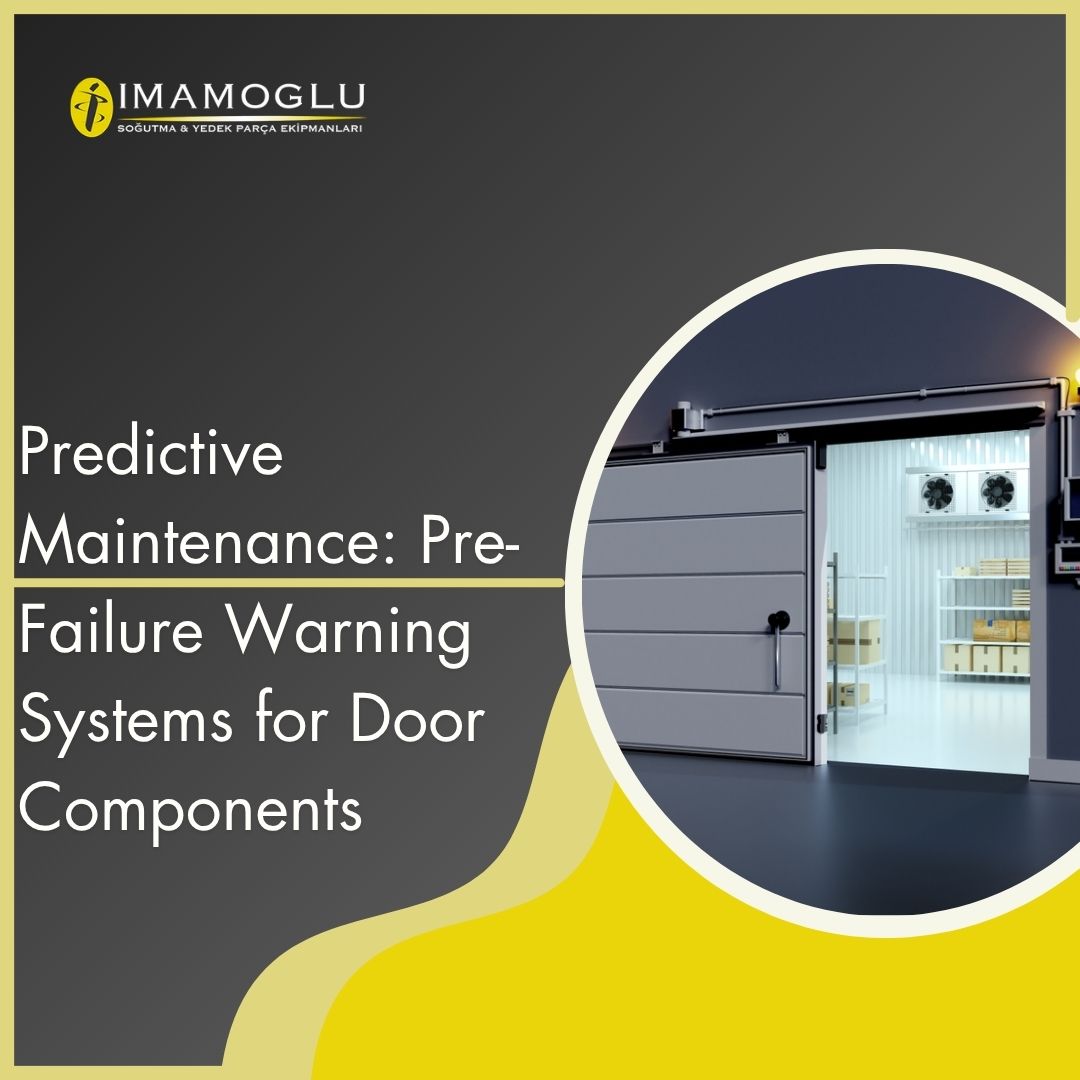Predictive Maintenance: Pre-Failure Warning Systems In Door Components
Table of Contents
- The Ultimate Guide to Predictive Maintenance for Industrial Door Systems
- What Are the Key Predictive Maintenance Metrics for Door Component Health?
- Essential Pre-Failure Warning Signs Your Door Components Are Showing
- Vibration Analysis vs. Thermal Imaging: Which Predictive Method is Best for Door Systems?
- How to Implement a Cost-Effective Predictive Maintenance Program for Overhead Doors
- Is Your Door's Motor Failing? A Guide to Interpreting Early Warning Signals
The Ultimate Guide to Predictive Maintenance for Industrial Door Systems
The operational integrity of industrial door systems is a critical yet often underestimated component of overall plant efficiency. Traditional reactive and preventive maintenance strategies are increasingly insufficient for managing the complex electromechanical systems found in modern high-cycle facilities. This guide introduces a paradigm shift towards predictive maintenance, a data-driven methodology that leverages continuous condition monitoring to forecast failures before they result in catastrophic downtime.
By implementing a robust predictive maintenance framework, maintenance teams can transition from arbitrary time-based schedules to need-based interventions. The core of this approach involves the strategic placement of sensors to capture key performance indicators such as motor current draw, vibration analysis, and operational cycle times. This data provides an unprecedented view into the asset performance of each door, allowing for the identification of subtle anomalies that precede major faults.
The economic rationale for this transition is compelling. Unplanned downtime in a logistics or manufacturing environment carries exorbitant costs, from halted production lines to compromised environmental control in temperature-sensitive areas. Predictive maintenance directly targets these costs by enabling precise maintenance scheduling, ensuring parts are replaced and adjustments are made during planned shutdowns, thus maximizing operational uptime.
Advanced systems, such as those developed by İmamoglu, integrate IoT connectivity to create a centralized dashboard for all door assets. This facilitates real-time fault detection and provides maintenance engineers with actionable intelligence. The system can automatically generate work orders when a predefined threshold is crossed, streamlining the entire maintenance workflow and improving resource allocation.
The adoption of a predictive strategy transforms industrial doors from passive barriers into active, intelligent components of the industrial ecosystem. This guide provides the technical framework for establishing operational reliability, detailing the selection of monitoring technologies, data interpretation techniques, and the integration of findings into a company's broader Enterprise Asset Management system. The result is a significant extension of equipment lifespan and a dramatic reduction in total cost of ownership.
What Are the Key Predictive Maintenance Metrics for Door Component Health?
The transition from reactive to predictive maintenance strategies for industrial doors hinges on the continuous monitoring and analysis of specific, high-fidelity performance indicators. These metrics provide an objective, data-driven view of component health, moving beyond scheduled inspections to a condition-based approach. The core objective is to establish a quantifiable baseline performance for normal operation, against which deviations can be measured and used to forecast potential failures.
For the mechanical drive system, key metrics include motor current draw and torque output. Anomalies in the motor current signature, such as a gradual increase over time, often indicate growing resistance within the system, potentially from worn bearings, misalignment, or failing gearbox components. Simultaneously, monitoring operational cycles and the time taken to complete open/close sequences provides critical data on the health of springs, cables, and rollers, enabling accurate remaining useful life (RUL) estimations.
Structural integrity metrics are equally vital, particularly for large, high-cycle doors. Vibration analysis using accelerometers can detect imbalances, loose components, or track irregularities that are invisible to the naked eye. The mean time between failures (MTBF) for specific components, calculated from historical data, becomes a powerful KPI for evaluating design improvements and for informing procurement and inventory strategies for spare parts.
Implementing a system to track these metrics requires a robust sensor network and a centralized data acquisition platform. The İmamoglu system, for instance, exemplifies this by integrating IoT sensors directly onto door components, streaming real-time data to a cloud-based analytics dashboard. This allows for the establishment of automated failure prediction algorithms that trigger alerts when metrics deviate from their established baselines, enabling maintenance to be scheduled proactively.
The commercial impact is significant, directly reducing unplanned downtime and extending the operational lifespan of capital equipment. By focusing on these key predictive maintenance metrics, facilities can shift from costly emergency repairs to planned, efficient interventions, optimizing labor and material resources while ensuring maximum door reliability and safety.
Essential Pre-Failure Warning Signs Your Door Components Are Showing
The operational integrity of industrial door systems is a critical factor in facility efficiency, safety, and total cost of ownership. Proactive maintenance strategies, driven by the identification of essential pre-failure warning signs, are paramount for minimizing unplanned downtime. The initial indicator often involves a deviation in the system's acoustic signature, where normally smooth operation is replaced by unusual grinding, squealing, or chattering sounds, suggesting issues with bearings, gears, or track alignment.
Beyond auditory cues, visual and performance-based signs provide crucial data. A noticeable increase in energy consumption by the door's drive unit, often detectable through modern monitoring systems, points to rising internal friction or a struggling motor. This is frequently accompanied by physical symptoms such as door leaf shuddering during travel or a marked decrease in operational velocity and acceleration profiles, indicating potential problems with the drive mechanism or counterbalance system.
Effective predictive maintenance relies on quantifying these warnings. For high-cycle doors, monitoring the cycle time for gradual elongation can reveal developing inefficiencies before a complete halt. Similarly, a detailed component wear analysis of seals, hinges, and rollers during routine inspections can forecast failure points, allowing for scheduled, non-disruptive replacements.
The commercial impact of ignoring these signs is severe, leading to catastrophic failure during critical logistics or production windows. Implementing a condition-based monitoring protocol transforms reactive repairs into a strategic asset management program. This approach directly enhances operational reliability by ensuring door systems function within their designed parameters, safeguarding internal environmental controls and security.
Advanced diagnostic systems, such as those developed by İmamoglu, integrate sensor data to provide real-time alerts on these pre-failure conditions. This level of diagnostic capability enables maintenance teams to move beyond simple observation to data-driven decision-making. The result is a significant extension of the door system's service life and a dramatic reduction in lifecycle costs, protecting your operation's bottom line.
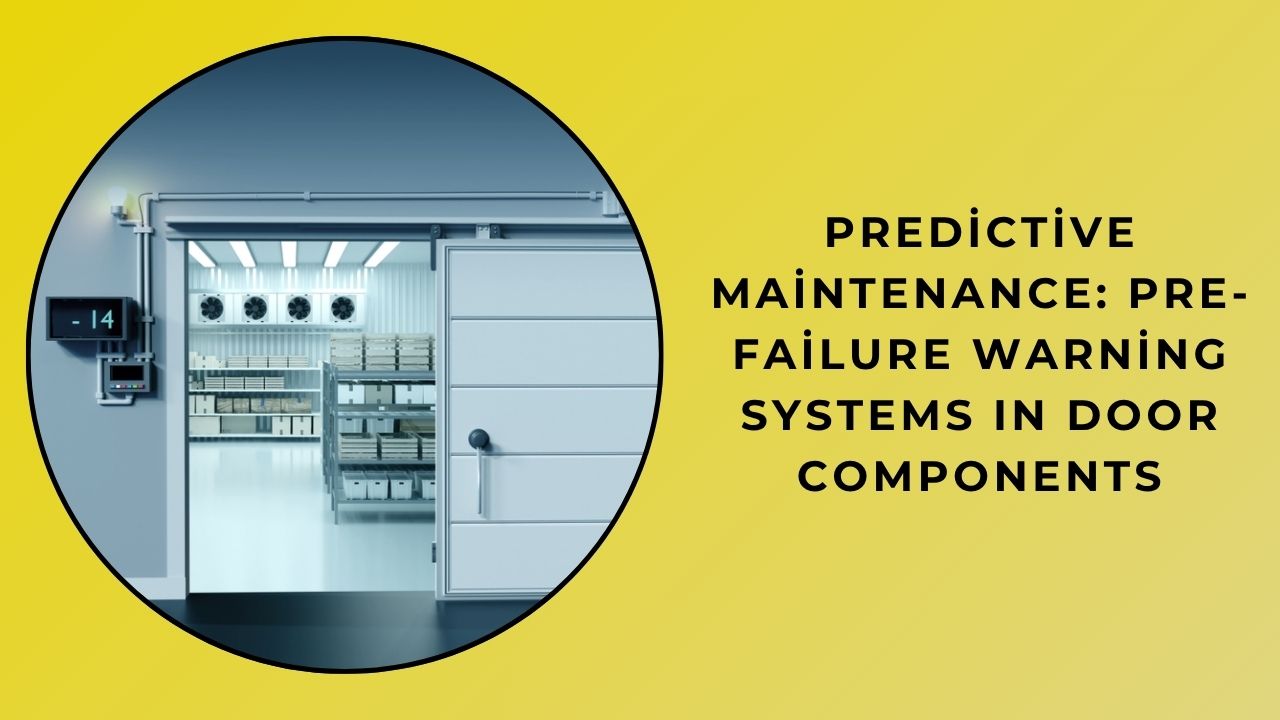
Vibration Analysis vs. Thermal Imaging: Which Predictive Method is Best for Door Systems?
In the critical domain of industrial door system maintenance, selecting the optimal predictive maintenance strategy is paramount for minimizing downtime and operational risk. Two prominent methodologies, vibration analysis and thermal imaging, offer distinct pathways to anticipate failures. Vibration analysis focuses on detecting anomalies in the mechanical motion of door components, such as rollers, hinges, and motors, by measuring parameters like frequency and amplitude. This method excels at identifying issues like imbalance, misalignment, and bearing wear before they lead to catastrophic system failure.
Conversely, thermal imaging provides a non-contact diagnostic approach by capturing infrared radiation to create a temperature map of the door system. This technique is exceptionally effective for identifying electrical faults, such as loose connections in motor control cabinets, and mechanical problems like excessive friction in guide rails. The primary benefit of thermography is its ability to highlight hotspots that signify abnormal energy loss or impending component stress under actual operational loads.
The decision between these technologies often hinges on the specific failure modes most critical to the door's operation. For high-cycle doors where mechanical wear is the dominant concern, vibration analysis provides a more direct and quantitative measure of component health. For systems with complex electrical drives or where energy efficiency is a key performance indicator, thermal imaging offers invaluable insights. A comprehensive predictive maintenance program may strategically employ both methods to achieve a holistic view of system integrity.
Advanced solutions from providers like İmamoglu integrate these diagnostic data streams into centralized condition monitoring platforms. This integration facilitates a data-driven approach to maintenance scheduling, moving beyond time-based interventions to a more efficient and reliable predictive model. By correlating vibration signatures with thermal profiles, engineers can pinpoint the root cause of anomalies with greater accuracy, optimizing both spare part inventory and technician deployment.
The best predictive method is not a universal choice but a strategic one, dependent on the door's design, duty cycle, and operational environment. Implementing a tailored program that leverages the strengths of both vibration analysis for mechanical insight and thermal imaging for thermal and electrical oversight ensures maximum asset uptime and longevity, delivering a significant return on investment through avoided production stoppages.
How to Implement a Cost-Effective Predictive Maintenance Program for Overhead Doors
The implementation of a cost-effective predictive maintenance program for industrial overhead doors begins with a strategic shift from reactive repairs to data-driven foresight. This approach hinges on the continuous monitoring of critical operational parameters to establish a condition-based maintenance strategy. By focusing on the actual state of the equipment, facilities can move beyond rigid time-based schedules, thereby optimizing resource allocation and minimizing unnecessary service visits.
Central to this methodology is the deployment of a robust IoT sensor network that captures real-time data on door performance. Key metrics such as motor current draw, cycle times, vibration patterns, and track alignment are continuously measured. This granular data provides the foundation for detecting subtle anomalies that precede major failures, enabling maintenance teams to intervene before a catastrophic breakdown occurs.
The true power of this system is unlocked through advanced data analytics. The collected sensor data is processed to establish baseline performance profiles for each door. Sophisticated algorithms then identify deviations from these norms, generating actionable alerts. This predictive analytics capability transforms raw data into a clear failure prognostics dashboard, allowing managers to plan maintenance during scheduled downtime.
A significant commercial benefit is the dramatic reduction in downtime reduction. Unplanned door failures can halt logistics operations, leading to substantial production losses. By predicting failures, maintenance can be scheduled proactively, ensuring operational continuity and protecting throughput. This directly enhances operational efficiency across the supply chain.
From a financial perspective, this predictive model optimizes the total cost of ownership. It extends the service life of door components by preventing catastrophic wear and allows for the strategic procurement of parts, avoiding premium costs for emergency replacements. The system offered by İmamoglu exemplifies this integrated approach, combining reliable hardware with intelligent software.
Implementing such a program requires an initial asset criticality assessment to prioritize doors based on their impact on operations. This ensures the highest ROI by focusing predictive resources on the most vital assets. The resulting data-driven insights empower commercial decision-makers to allocate maintenance budgets with precision, transforming overhead doors from a cost center into a managed, reliable asset.
Is Your Door's Motor Failing? A Guide to Interpreting Early Warning Signals
The operational integrity of automated door systems is a critical component in maintaining seamless workflow and stringent safety protocols within industrial facilities.
Unexpected motor failure can lead to significant production downtime, posing a direct threat to operational efficiency and profitability.
Proactive monitoring for specific acoustic anomalies, such as unusual grinding or whining sounds, serves as a primary indicator of internal component wear.
Concurrently, a detailed vibration analysis can reveal imbalances or misalignments within the motor assembly long before a complete breakdown occurs.
Implementing a systematic predictive maintenance strategy, centered on interpreting these early signals, transforms reactive repairs into scheduled, cost-effective interventions.
This approach directly enhances asset reliability by extending the service life of critical door operators and minimizing unplanned stoppages.
Key performance metrics, including changes in power consumption and cycle times, provide quantifiable data for assessing motor health and scheduling maintenance.
For product managers, this data-driven methodology supports informed decision-making regarding component replacement and long-term lifecycle management.
The technical guide from İmamoglu provides a framework for establishing baseline performance levels and identifying deviations that signal the need for proactive intervention.
Commercial decision-makers can leverage these insights to optimize maintenance budgets and reduce total cost of ownership, ensuring maximum operational uptime across their facilities.
By integrating these diagnostic practices, organizations can achieve a higher standard of system performance and safeguard their operational continuity against the disruptive impact of motor failure.


